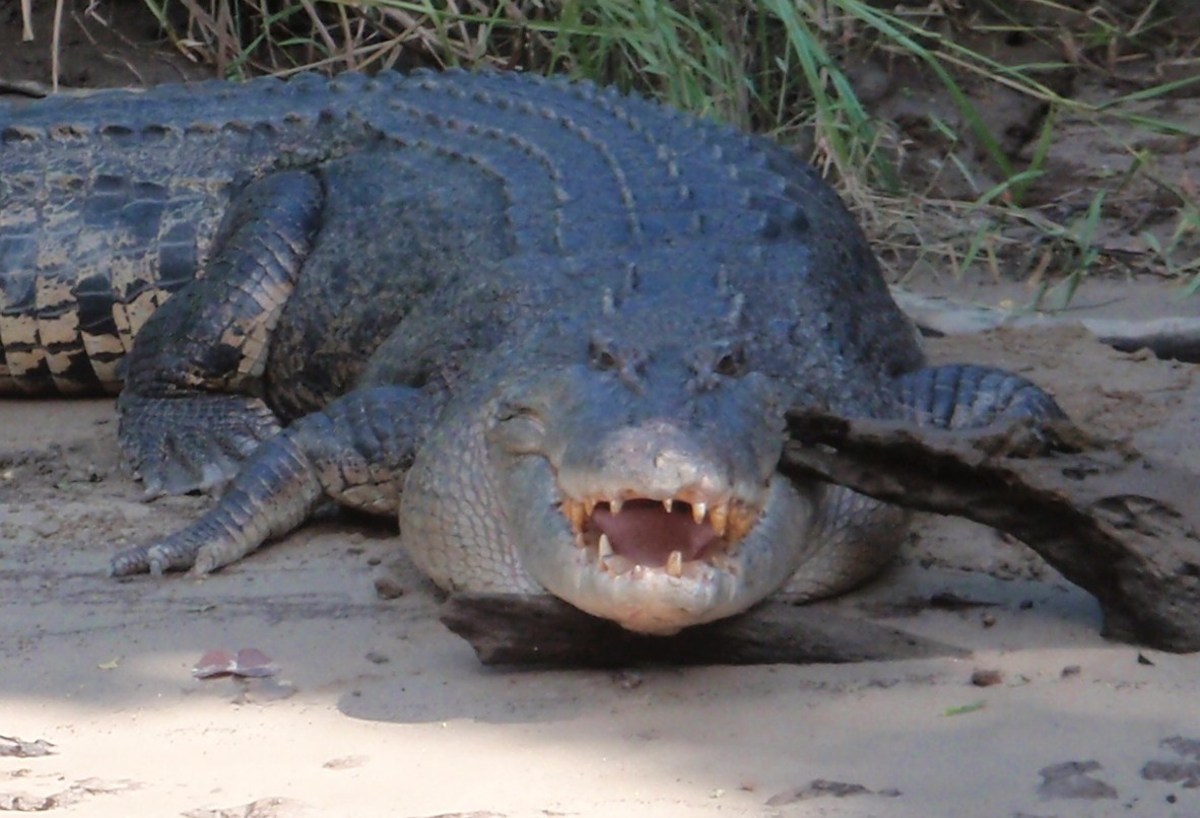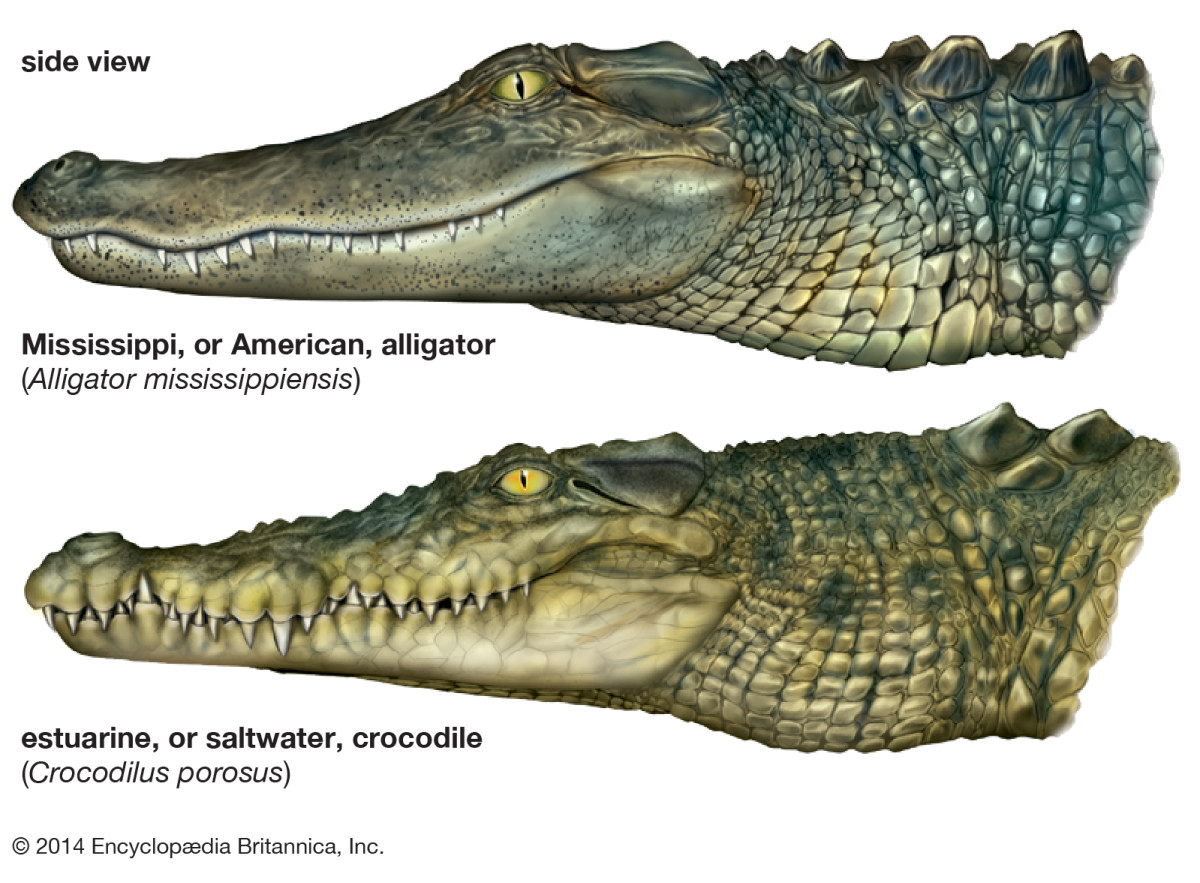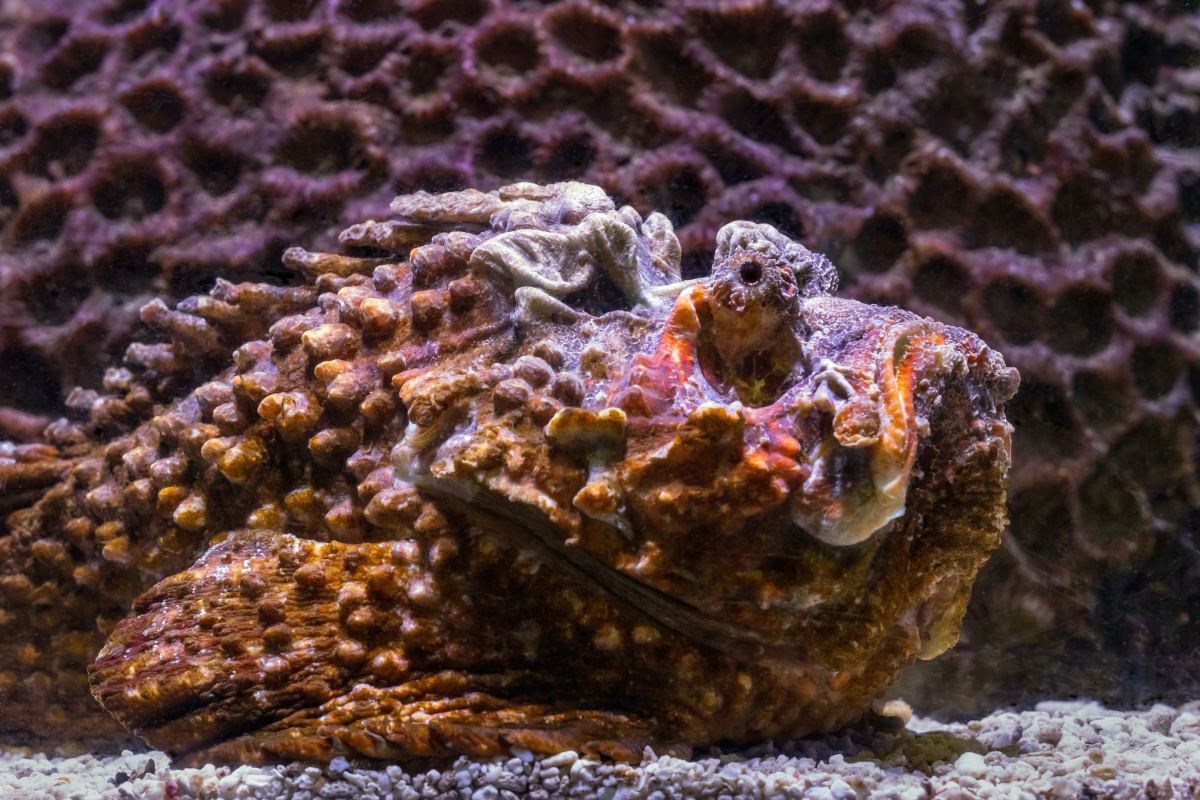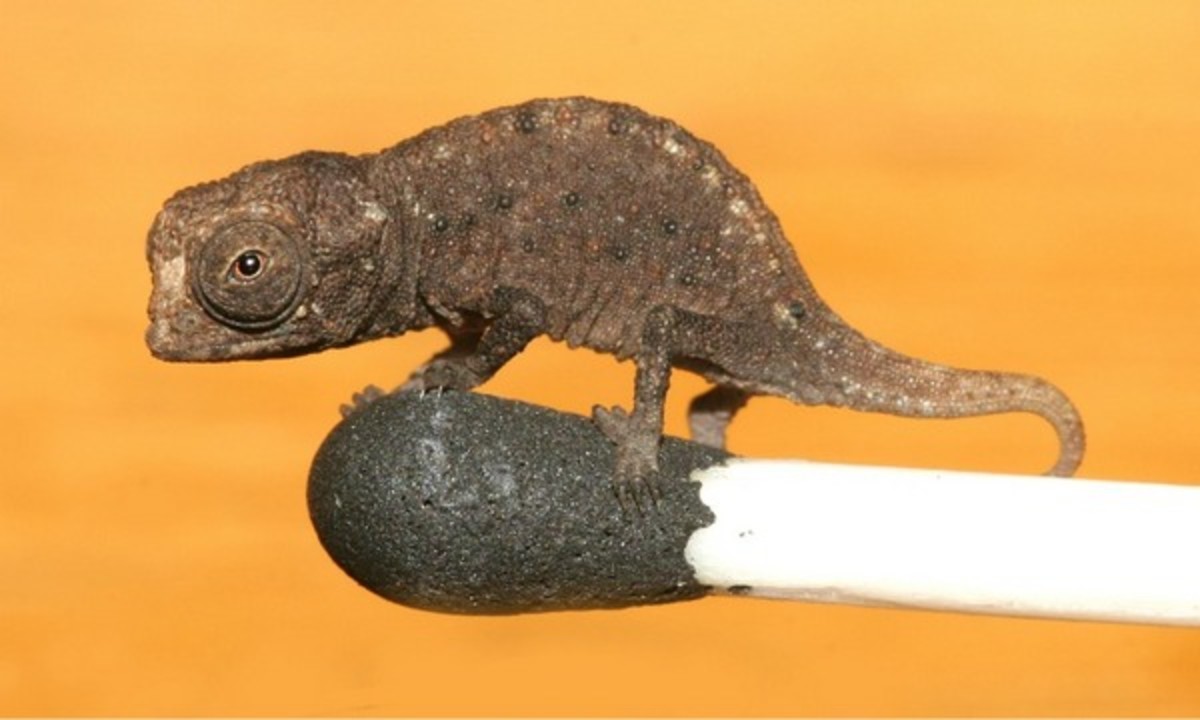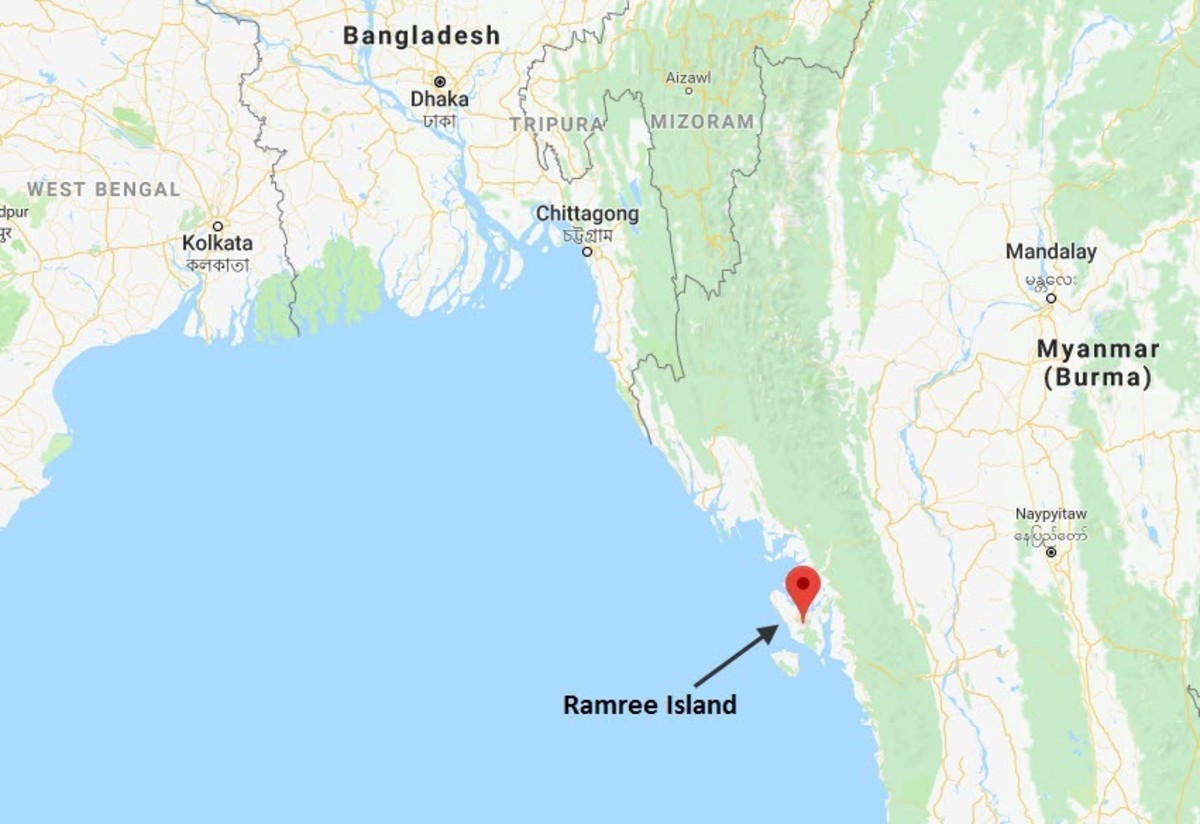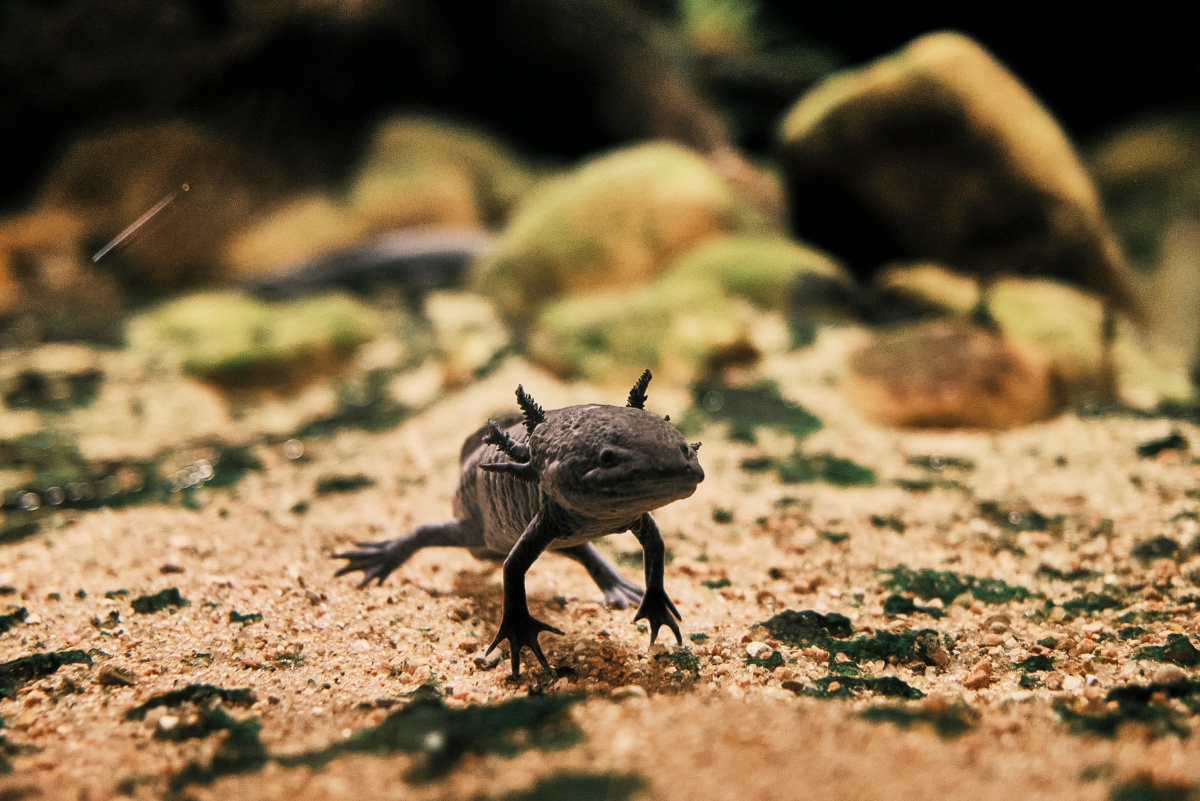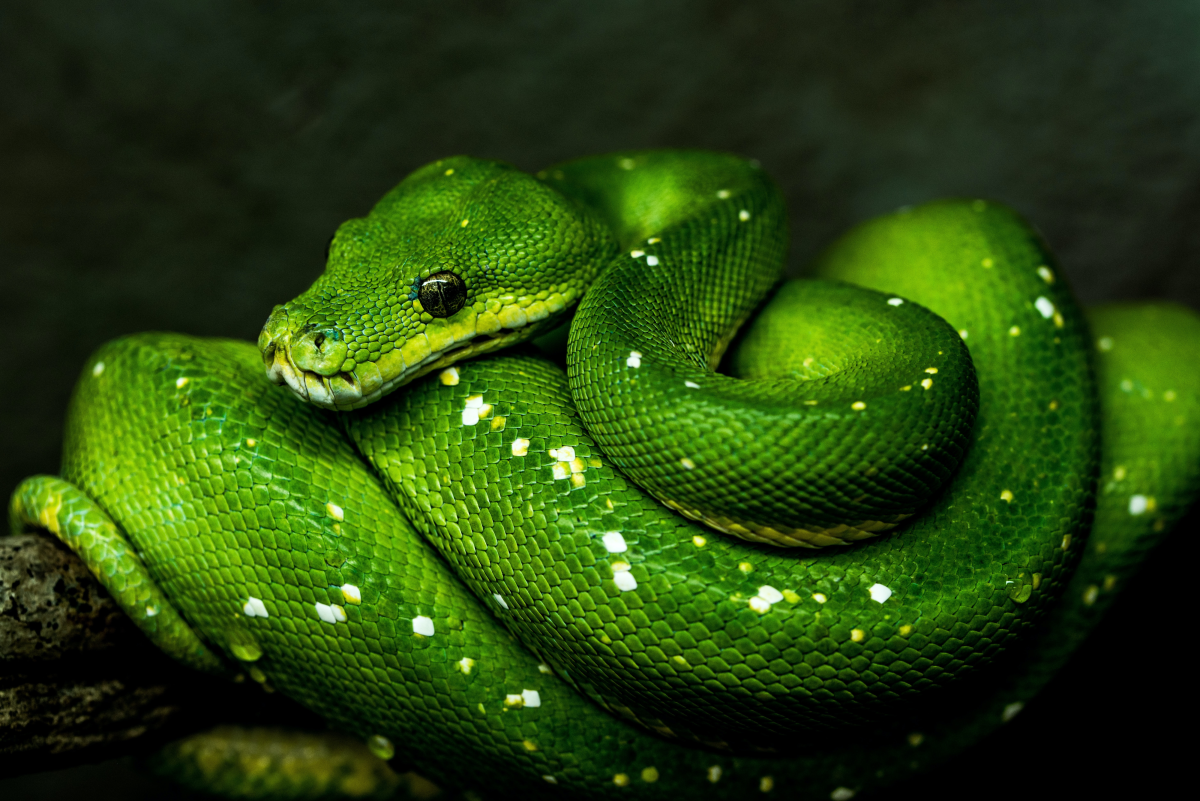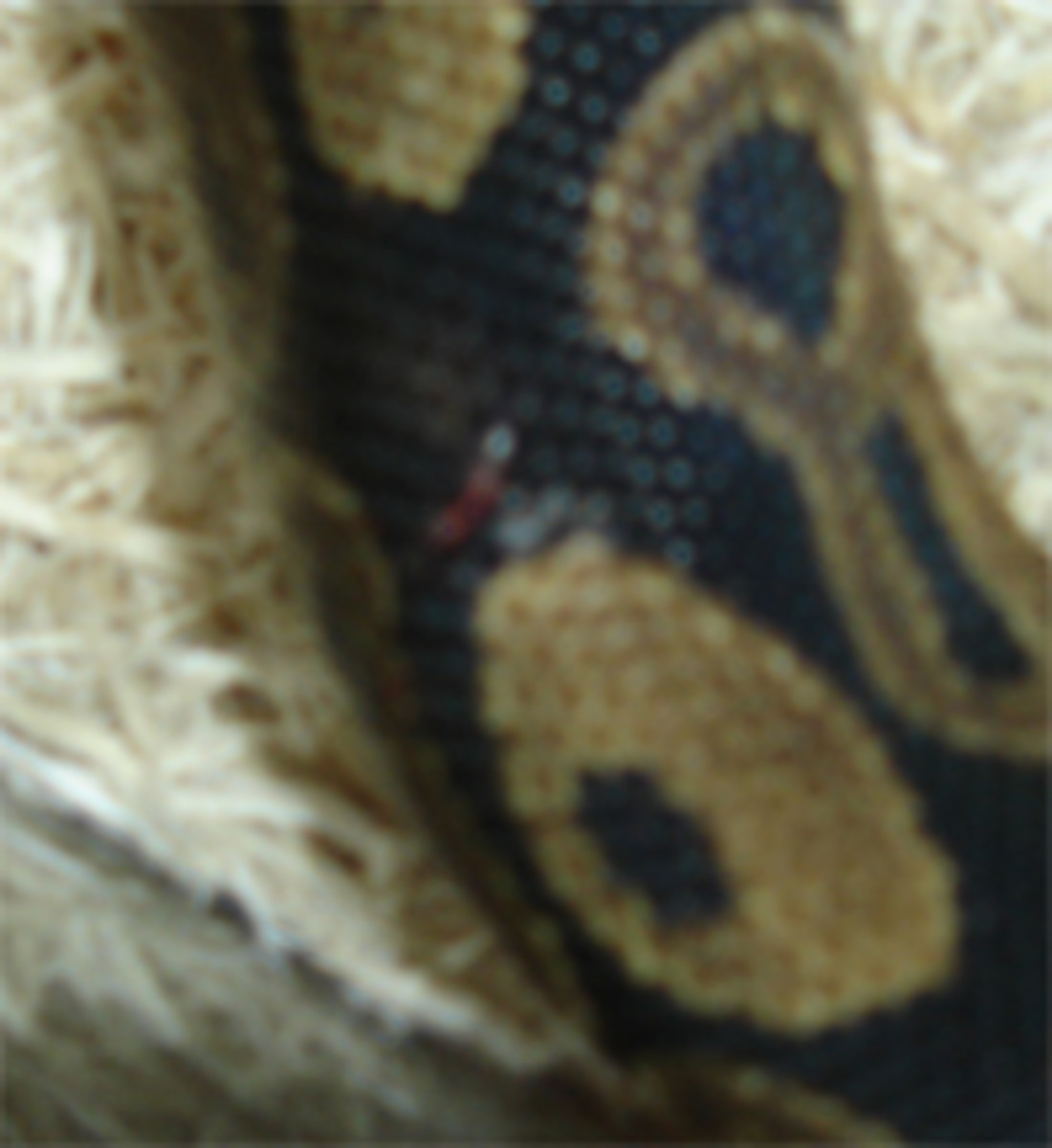The World's Deadliest Reptiles
World's Most Dangerous Reptiles
The world is home to some deadly and dangerous reptiles - some of these creatures have outlasted the dinosaurs! The deadliest reptiles on our planet have a plethora of ways to kill or disable their prey:
- Bite - Many reptiles are equipped with fearsome teeth. Where brute strength is not enough, some combine their bite with venom.
- Venom - a variety of toxins that target nerves, muscles, or even the blood can be used to immobilise or even kill prey - this can take minutes, hours or even days.
- Constriction - some reptiles asphyxiate their prey by coiling around their body and stopping them breathing within minutes.
This hub takes a closer look at five of the most dangerous and deadly reptiles on our planet, and how they are adapted to stalk and kill their prey.
Which reptile do you think is most dangerous?
What is a Reptile?
All reptiles share a number of common features:
- Ectotherms: ('cold-blooded'): Reptiles use the environment to regulate their internal body temperature.
- Scaly Skin: All reptiles have dry and scaly skin made of keratin - this prevents water loss and allows reptiles to live in very dry places.
- Eggs: Reptiles lay eggs surrounded by a hard, leathery shell (as opposed to the soft shells of amphibian eggs).
- Air: All reptiles breathe air.
Saltwater Crocodile Photo
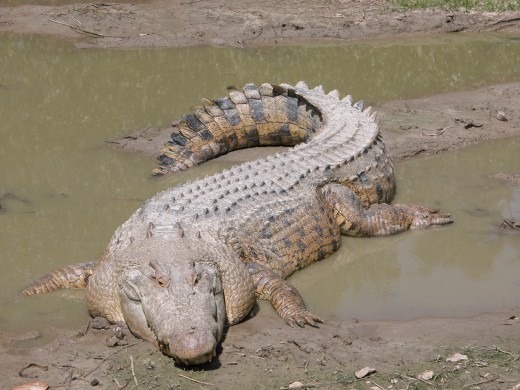
Saltwater Crocodile Adaptations
- Tail: allows for easy and swift locomotion
- Eyes: placed on top of head to allow the croc to see its prey whilst staying submerged.
- Jaw: The skull has anchorings for huge muscles, giving this reptile the strongest bite on the planet at 3,700 psi, or 16,460 Newtons of bite force.
Saltwater Crocodile
The saltwater crocodile (Crocodylus porosus) is the largest crocodilian on Earth. This titan of the reptile world relies on brute strength and patience for a successful hunt.
Saltwater crocodiles are very intelligent. They will hide under the surface of the water waiting for the opportune moment to lunge out and grab an animal on the bank. Interestingly, the crocodile closes its eyes at the moment of impact to protect them, making the last few metres a wild lunge. Once gripped by a crocodile's jaws, there is little hope of escape: this reptile has the strongest bite on the planet. The crocodile will then drag its prey under the water and perform the death roll - simultaneously drowning and dismembering.
- Aggression: very aggressive, particularly during the mating season
- Intelligence: High - uses ambush tactics and patience to maximise the chances of success
- Speed: Using its massive tail as a launch pad, these creatures can lunge at fearsome speeds
- Strength: Very High - strongest bite on the planet and a tail packed with muscle.
Human Fatalities: Around a dozen confirmed fatalities in the last 25 years in the wild.
King Cobra Photo
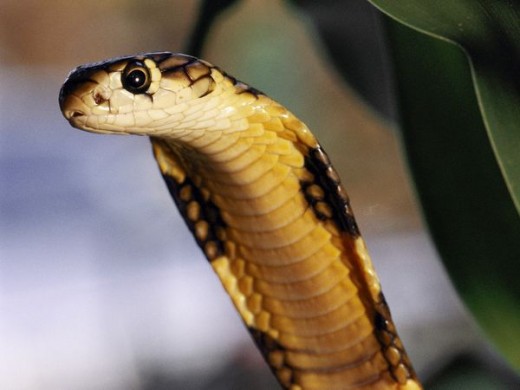
King Cobra Adaptations
- Fangs: two short, fixed fangs inject venom into target animals like hypodermic needles.
- Venom: A single bite contains around 7ml of neurotoxin - enough to kill 20 people.
- Hood: King cobras can flatten the ribs on their necks when threatened to reveal a 'hood.'
King Cobra
The King cobra (Ophiophagus hannah) is the largest venomous snake in the world, but is generally very shy. King cobras are the only snakes that make nests for their eggs; it is when defending these that King cobras can become extremely aggressive.
King cobras live in rainforests and humid jungles, and are as happy climbing trees as they are slinking along the ground. King cobras rely on their lethal neurotoxin to subdue prey - they can inject enough venom in a single bite to kill an elephant.
- Aggression: Usually shy, but fiercely aggressive when cornered or defending a nest.
- Intelligence: Cobras give a lot of warning when about to strike in self-defence - a deep hiss, extending a hood and raising up. This suggests reasonable intelligence.
- Speed: A cobra can strike up to two metres in a second.
- Strength: A muscular body allows a King cobra to lift a third of its body off the floor easily.
Human Fatalities: Usually due to human stupidity, the fatality rate from its venom (untreated) is up to 75%. There are less than a dozen King Cobra related fatalities per year.
King Cobra vs Saltwater Crocodile
Green Anaconda Photo
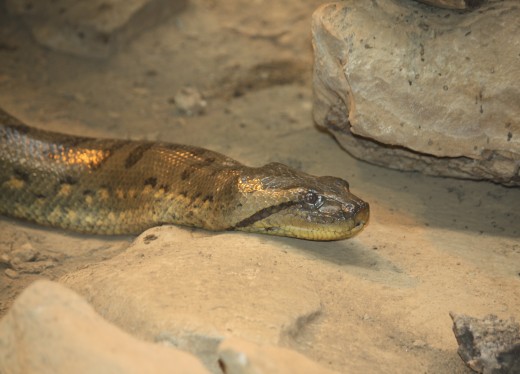
Green Anaconda Adaptations
- Eyes and Nose: placed on top of head to allow the snake to see and breathe when almost fully submerged.
- Thick Body: the muscular body of this snake allows it to easily squeeze the life out of its prey.
- Mouth: the 'jaw' can separate to accommodate large prey, and can open up to 180°.
Green Anaconda
The green anaconda (Eunectes murines) is the biggest snake in the world - while it is shorter than the reticulated python, it is much thicker. The green anaconda is one of the few reptiles were the females outsize the males.
Just like many other large, dangerous reptiles, the green anaconda is an ambush predator. With perfect camouflage and endless patience, this snake takes its prey by surprise with a quick bite and then wraps itself around the animal. Each time the prey-animal breathes in, the anaconda tightens its grip slightly making it harder and harder for the animal to breathe - constrictors do not crush their prey, but asphyxiate it.
- Aggression: Very high - these animals are even more short-tempered in captivity.
- Intelligence: Another ambush predator with moderate intelligence.
- Speed: Cumbersome and slow on land, but agile and quick in water.
- Strength: Very high the largest snakes have been known to kill crocodiles and jaguars.
Human Fatalities: In the US there are no confirmed cases of unprovoked attacks on humans - almost all fatalities are by pets on their owners. Deaths worldwide by green anacondas are also rare.
Puff Adder Photo
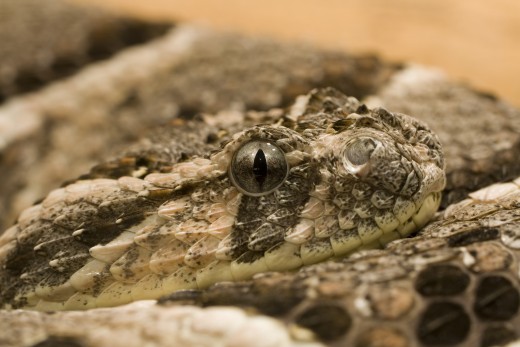
Puff Adder Adaptations
- Fangs: Long and thin, they are hinged and kept flat to the roof of the mouth in a sheath when not being used.
- Venom: this cytotoxic venom can result in death in 24 hours.
Puff Adder
The Puff Adder (Bitis arietans) is responsible for more fatalities than any other snake, due to its wide range.
The puff adder is a typical viper, with a distinctive triangular head. When disturbed or threatened, the puff adder will curve itself up, puff up and hiss loudly - hence it's name. This snake is armed to the teeth (literally) with sensors to help it track down prey. Heat sensors, vibration detectors and UV sensitive cells in the eye make this snake a foe to be respected.
- Aggression: Very High. Even in captivity, most never get comfortable with being approached.
- Intelligence: Ambush predators that take up position along scent trails of its prey. Moderate-high intelligence.
- Speed: The puff adder is one of the fastest striking snakes in the world - it's strike can be over in a fifth of a second! But in general they are very sluggish.
- Strength: Fangs can penetrate soft leather, but this snake relies on the potency of its venom rather than brute strength
Human Fatalities: Puff Adders kill more than 300 people every year. It is estimated that more than half of all snakebites in Africa are from the puff adder.
Komodo Dragon Photo
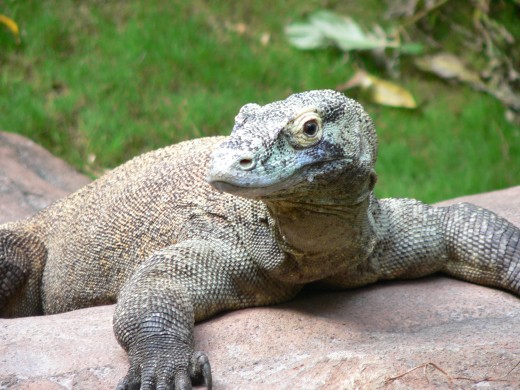
Komodo Dragon Adaptations
- Skull: To stop prey from pulling away, the skull is designed to take huge amounts of punishment.
- Teeth: Komodo Dragons have 60 razor-sharp teeth to help them tear their prey to shreds (literally) for easy swallowing.
- Poison: Not injected through fangs, the poison seeps into the wounds caused by a dragon's fearsome bite.
Komodo Dragon
The Komodo dragon (Varanus komodoensis) is the heaviest living lizard. These enormous lizards will eat anything from carrion to pigs to water buffalo! These lizards are also known to be cannibalistic.
Komodo dragons are ambush predators, relying on patience and excellent camoflague for a successful hunt. When a prey animal passes close enough, the Komodo dragon will launch itself and bite down hard.
If the animal manages to escape the bite of the dragon, it is still unlikely to survive. In addition to the 50 strains of bacteria that call a Komodo dragon's saliva home, Komodos also have large poison glands that channel venom between the dragon's teeth. If the poison doesn't work, blood poisoning will almost certainly bring the prey animal down. After biting its prey, the Komodo will serenely follow it until it collapses. A Komodo dragon can eat 80% of its body weight in a single sitting
- Aggression: High potential, numerous attacks on villages reported.
- Intelligence: High - after lying in wait for days, Komodos know that a bite will bring down their prey...eventually.
- Speed: Komodo Dragons can move quickly in short bursts.
- Strength: Weak bite (only one sixth the strength of a crocodile, despite having a similar sized skull) but very strong tail and claws
Human Fatalities: 2007 saw the first fatality for 33 years - an 8 year old boy was attacked by a Komodo Dragon and died of massive blood loss a few hours later.
Deadly Reptile Map
King cobras are generally found in southeast Asia: the largest live in Malaysia
The saltwater crocodile thrives in the Northern regions of Australia, as well as the Eastern coast of India.
Green Anaconda are found throughout the Amazon and Orinoco basins.
Discovered during World War I, the Komodo Dragon lives exclusively on a small group of Indonesian islands, including Komodo.
The Puff Adder is one of the most widespread snakes in Africa
Deadly Reptiles vs Man
As you should have noticed, attacks on humans in most cases are rare, and deaths even more so. These animals do a great job at broadcasting when you have gotten too close for comfort, and most people are bright enough to back away slowly when they stumble across one of these reptiles. These animals are rightly feared, but that should not result in humans destroying them. Many of these animals are on the IUCN Red List of Threatened Species, mainly due to habitat destruction and loss of prey species.

